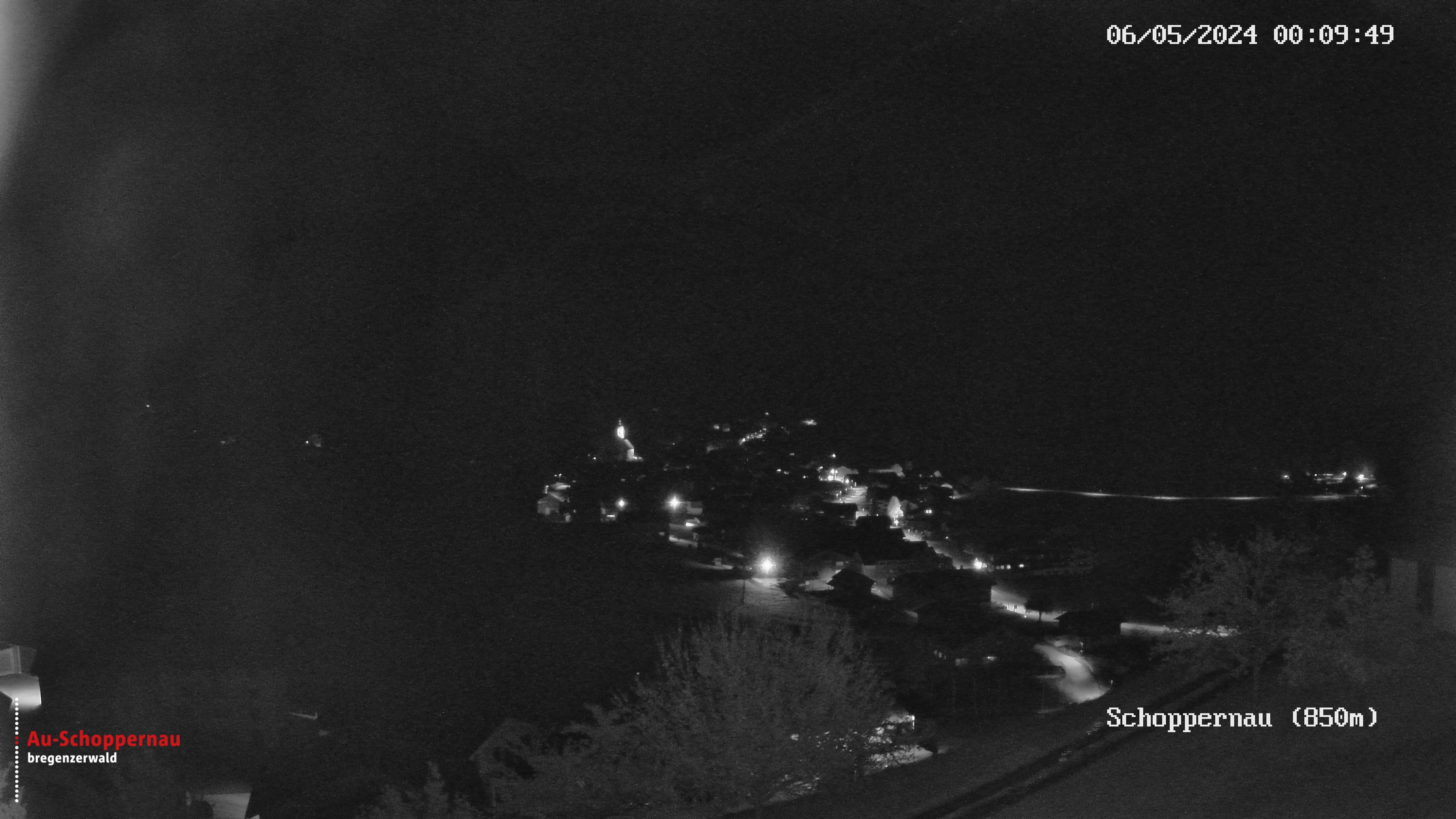“This time,” says my wife. “This time around I’m better prepared than last time.”The debacle she’s referring to was our “Umgang” village walking tour of Krumbach, which we really enjoyed but also proved to be challenging at times. In spite of having a map, we found ourselves constantly searching to locate the characteristic rusted poles that mark the tour.
I ask her: How exactly are you better prepared this time? “First of all, I have thoroughly studied the map of the nine locations on the “Umgang” tour,” she replies. “Second, I’ve also now read the book ‘Umgang Bregenzerwald.’In the book there’s not much about the individual tours in the twelve towns per se, but there is a lot of interesting and entertaining information.” I can’t argue with that. The book is impressive, inside and out, and even more so considering the quality of the individual contributions. Locals from Bregenzerwald and people who live elsewhere contributed interesting insider and outsider perspectives with respect to this special valley and its people. In addition, the book covers more than just the Umgang tour itself. It also includes broader information about craftsmanship, architecture, and other less obvious aspects such as the music, inn culture and dialect of the region. It’s like a textbook that should accompany any Umgang village walk.
My wife has her map of the Schoppernau Umgang village walk in hand. “We need to look back there, near the fire station,” she says as we arrive at the first stop, the village’s central cultural house. Here we quickly locate the two poles that describe the building graphically and which tell the story of the property. Seconds later we are treated to a message from the village’s most famous son, the 19th century poet Franz Michael Felder.At the culture house there is a small museum, a sort of canvas, dedicated to him. But if one looks closely, numerous objects in town bear his name: The window of the “Franz Michl” wine store & bar, for instance, and at the nearby village cheesemaker they’ve even created a special “F.M. Felder Käse” cheese in his honour. Like it or not, today the poet of Schoppernau stands for so much more.
The other poles are dedicated to both older and more contemporary architectural examples. These buildings have a story to tell. Next, our attention is drawn to two farmhouses. “The first is two hundred years old, the other is some 400 years old,” says my wife, referring to information from the map that highlights the special features of the buildings on the tour. “We’re now headed to the most beautiful building in town, the old sawmill, which is still located near the stream that once powered the operation.” Next door, directly below the church, there is a primary school first opened in 1901. However, the sign refers to only a portion (exactly half) of the present day building because once it became clear that the school was too small, they doubled its size. The fact that the building is still intact can be traced back to the quality of the initial construction.
Before visiting the last two buildings located on the main street, one shouldn’t miss the monument to Franz Michael Felder located at the cemetery. My wife says: “This is a more suitable memorial. And anyway, the view over the village is ample reward for the small climb up to the church.”
Author: Walter Fink




